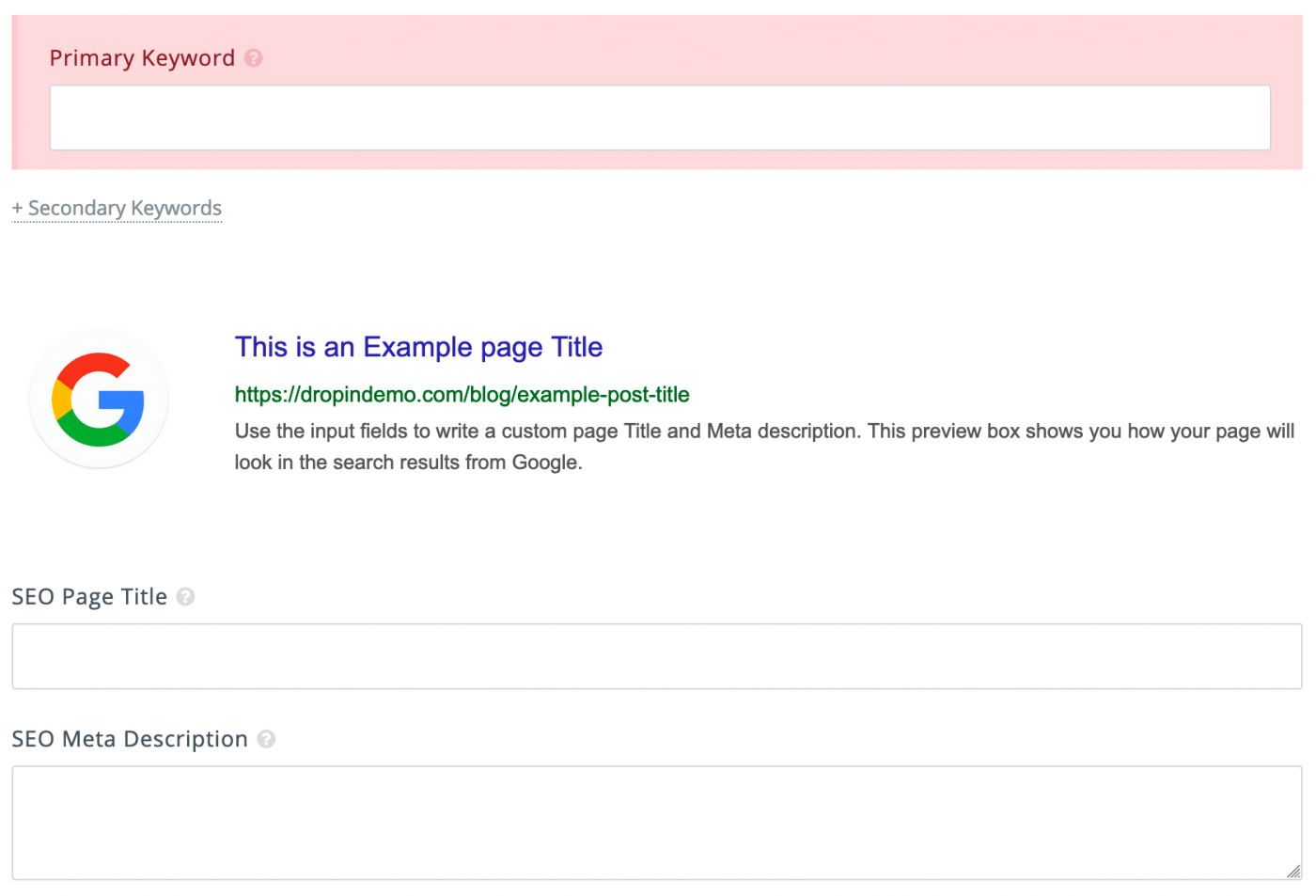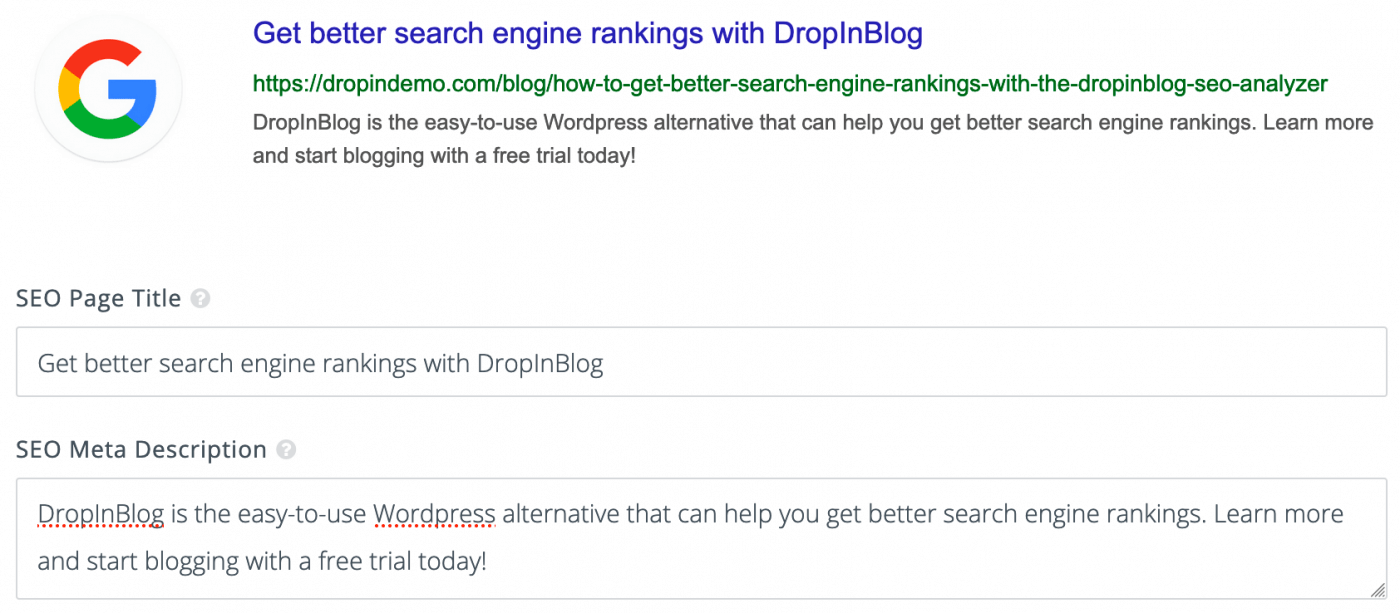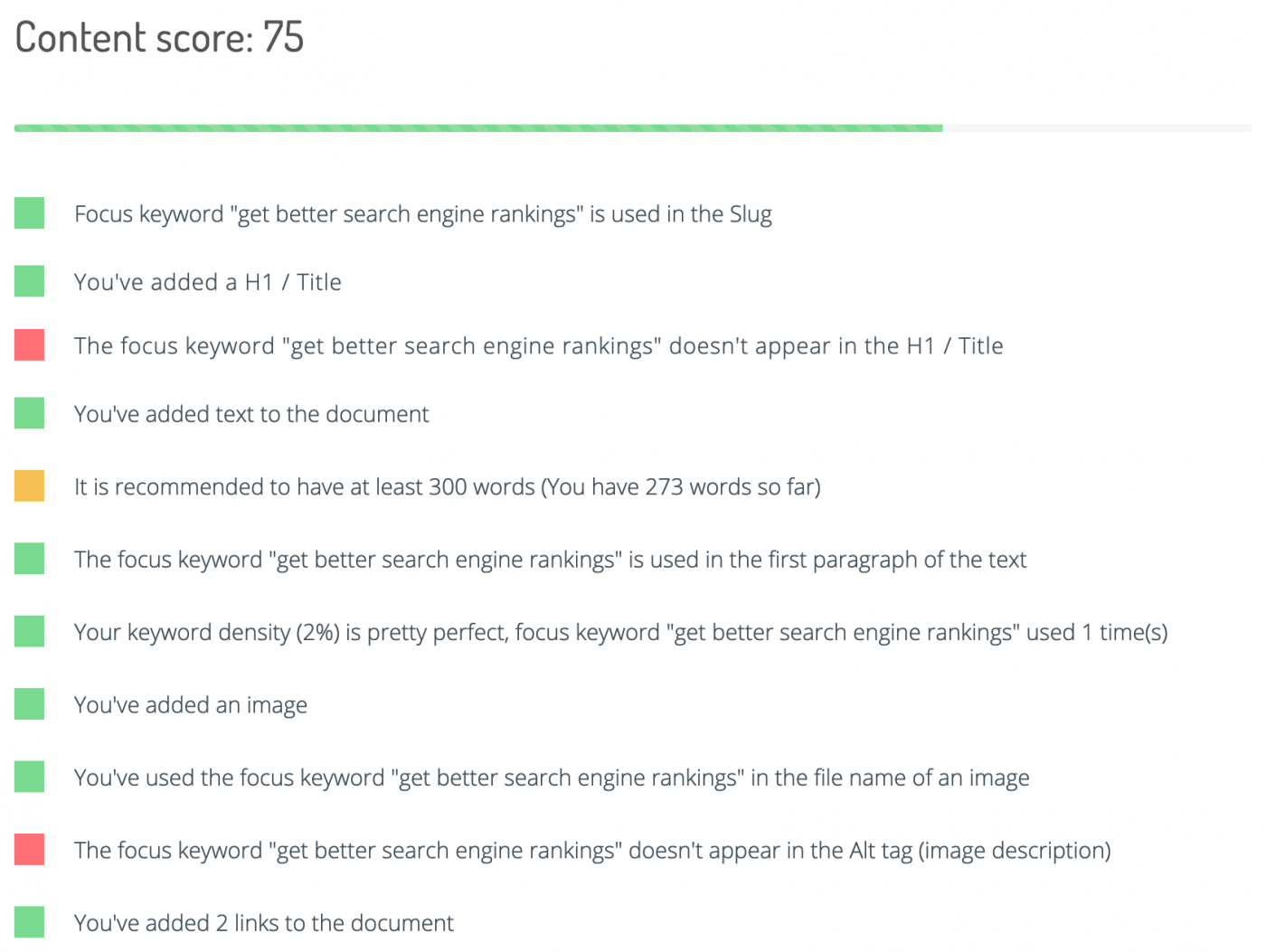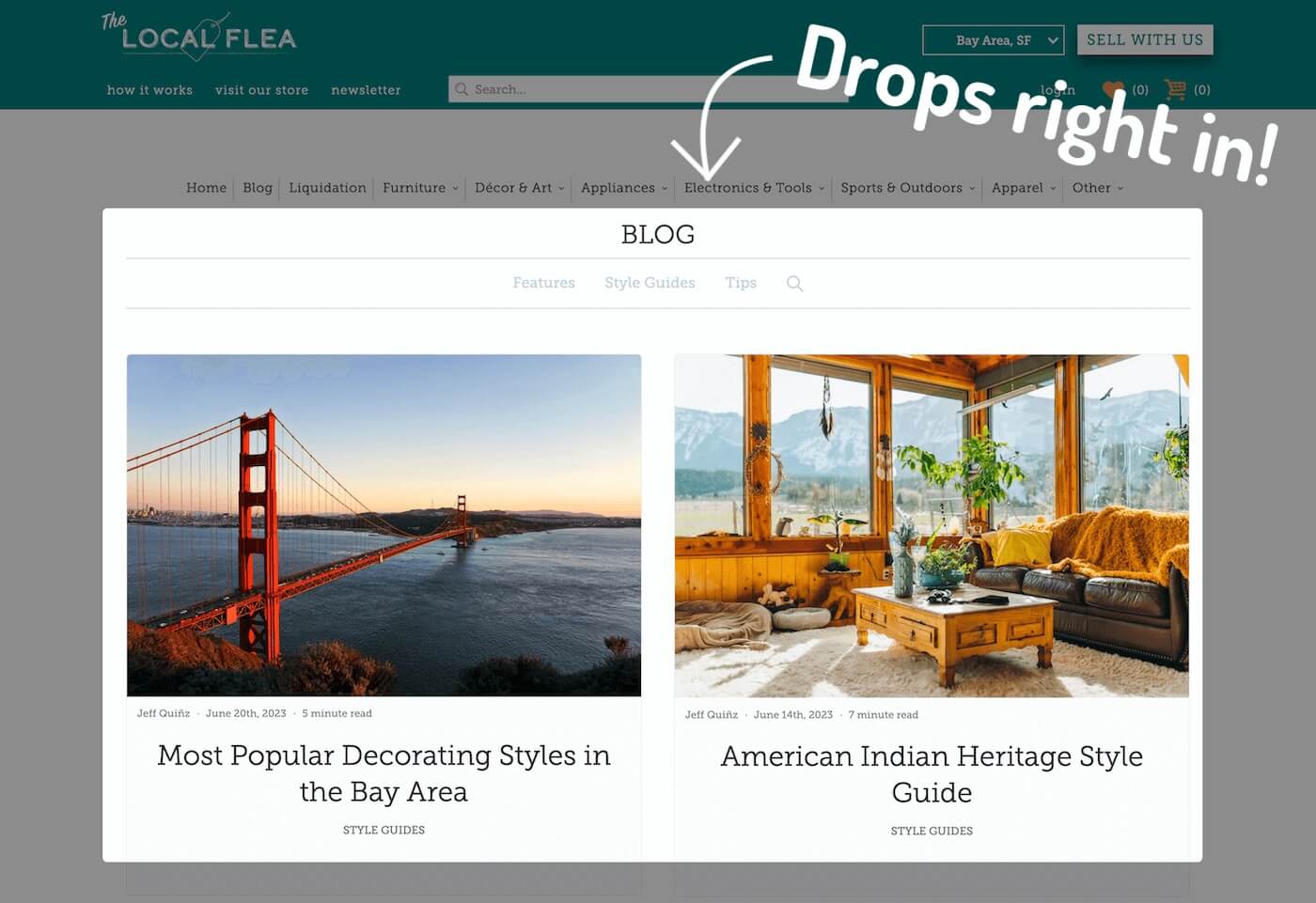Search. Engine. Optimization. Three little words that can make or break your website or business. Do it right, and you'll be on top of the world.
Do it wrong, and you may as well go live under a rock because that's where your blog posts (and business) will be hanging out. Want to learn how to get better search engine rankings?
You have come to the right place! Let's dive in.
Table of Contents
What Is SEO?
Search Engine Optimization (SEO) is the practice of driving organic, quality traffic to your site by creating content that ranks highly in search engine results. Search engines like Google "crawl" the content of websites and then index and order them based on the quality, quantity, and popularity of that content.

Why Is SEO Important for My Blog?
Adding a blog to your website is an excellent way to drive up your ranking.
- Regularly updated content lets Google know that your website is active, so your site will be crawled more often.
- Google's algorithm tends to prefer posts with more than 300 words (hello, perfect blog length!).
- People like to share and link to articles that they find useful, and linked articles rank higher in results.
- The structure of your content and the keywords you use will help Google find your blog more easily.
Luckily, when it comes to writing blog posts with killer SEO, DropInBlog has you covered with our nifty SEO Analyzer tool.
DropInBlog SEO Analysis
The SEO Analyzer tool can be found underneath the main editor in the Add Post view. If you need a refresher on how to get there, check out how to write your first blog post with DropInBlog.
Let’s go over some of the specific features found in the SEO Analyzer tool and how they can make your job easier.

Primary Keyword
The first feature we'll look at is the primary keyword input. The selected primary keyword is really important for SEO. This is where you add the main keyword or phrase that people would search for to find your site.
Let's say you want your post to show up when people type "how to get better search engine rankings" into Google. Make "get better search engine rankings" your primary keyword.

This sets up the rest of your SEO. DropInBlog will analyze your page title, description, images, and headings and make sure that the primary keyword shows up regularly throughout your post.
SEO Page Title and Meta Description
This is what will show up in the Google search results for your post. The Page Title is the first line of the listing. The meta description is a summary of the content on your page and that appears beneath the title.

DropInBlog will set defaults for these if you leave them blank. Additionally, the Page Title box defaults to the title you gave your post at the top of the editor window, while the meta description defaults to the first paragraph of your post.
However, it's a good idea to fill them in because it will help the analyzer tool to give you a more accurate overall score. It also helps a search engine to correctly index your site – a helping hand can’t hurt.
Total SEO Score
Everything SEO related in your content will be scored by the analyzer. The Total SEO Score is a combination of all the SEO issues that the analyzer evaluates.
DropInBlog shows your current score floating on the left-hand side of the page and also as a progress bar below the page title and description boxes:

The breakdown of this score is found at the bottom of the SEO Analysis section.
Page Title and Meta Description Score
The first two sections analyze your Page Title and meta description in more detail. Make sure you include your primary keyword in both your Page Title and meta description for a better score. Ideally, the primary keyword should appear at the beginning of the blog post. It's also best if you use the full character limit for the meta description.
Content Score
The next section deals with the actual content of your post. You'll get a better score if you've used your primary keyword (or focus keyword) enough. It also calculates whether you've added enough links and images to your post.
You can also see a word count. Remember, we're shooting for at least 300 words, preferably more.

An important piece of the puzzle that you don't want to forget about is images. When you upload an image, make sure the name of the file contains your keywords. It's also a great idea to use the keywords in the alt text for an image. You can edit both of these in the DropInBlog image uploader.
Alt text is what shows up if an image fails to load, and it's also used by screen reader software to describe images to people with accessibility needs. An estimated 7.3 million people use screen readers to visit websites. Imagine if those 7.3 million potential customers didn't find your post because you forgot to optimize your images!
FAQs
Can I set a custom template for blog posts in DropinBlog?
DropinBlog automatically inherits the styling of the website you integrate it with. Additionally, you can customize every element on your blog landing page and blog posts by adding your own CSS. For even more efficiency, you can create blog post templates that you can duplicate over and over again.
Does DropinBlog have a free plan?
DropinBlog doesn’t have a free plan, but you can try the platform with a free trial to explore DropInBlog's features and benefits. After that, you can choose one of the paid plans based on your particular requirements.
Wrap Up
SEO can feel like a big, complicated subject, but DropInBlog makes it super easy to become an SEO pro!

You Now Know
- Why blog posts are so beneficial for SEO.
- How to optimize your blog post for primary keywords.
- How to write a Google page title and meta description that aids indexing.
- How to write content that ranks higher in search engine results and drives traffic.
- How to add alt text to images to increase your visibility online.
Sweet ... you just learned a ton! That's pretty great. Still have questions? Reach out to DropInBlog support.





